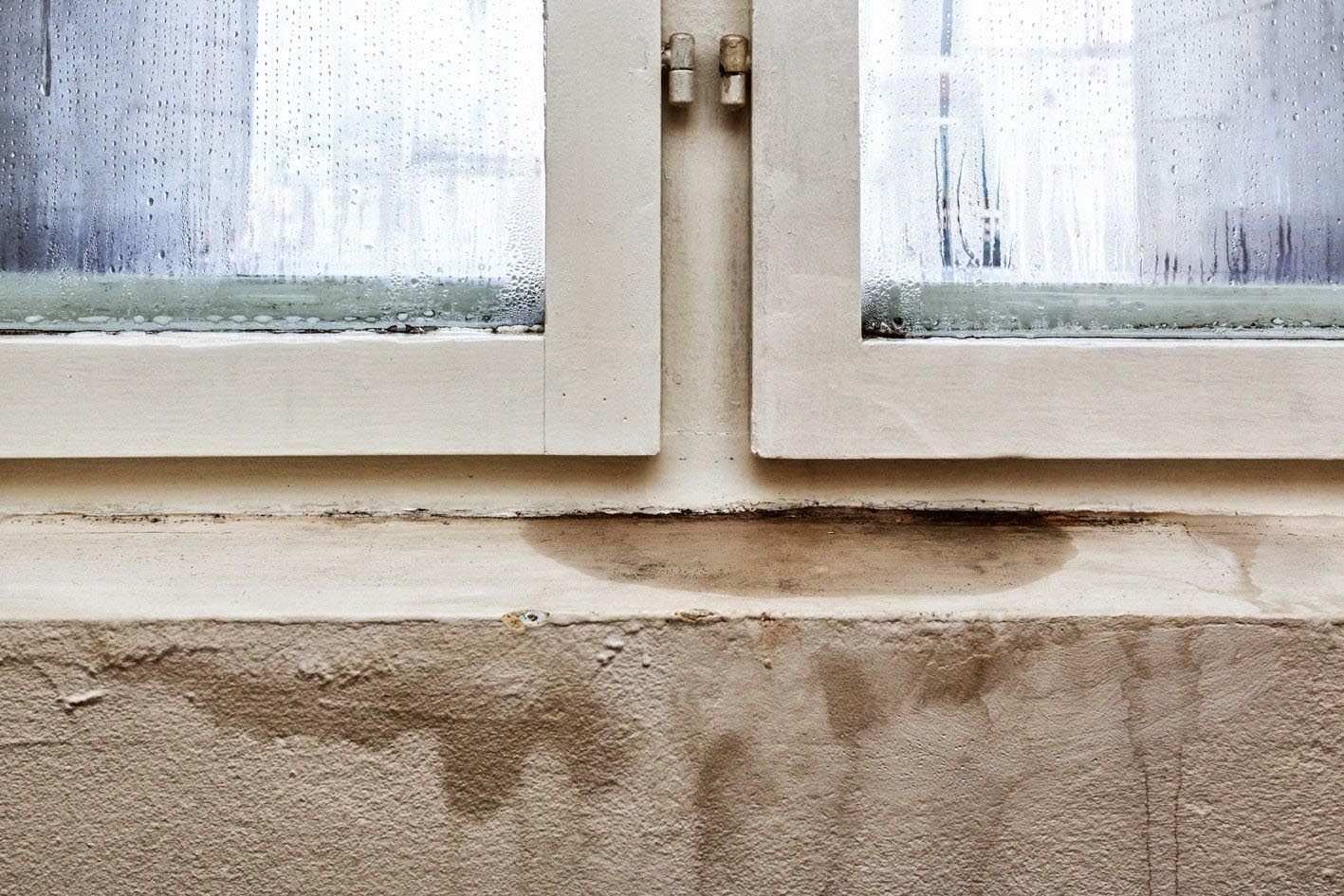If you have a damp basement, it can be a huge headache. Living in a damp environment is uncomfortable and unpleasant, but it can also damage your health and your belongings. In this blog post, we will discuss 6 ways that you can spot a damp basement. We will also provide tips on how to fix the problem and keep your basement dry!
Water Stains
One of the most obvious signs of a damp basement is water stains on the walls or floor. If you see any dark spots or streaks, water is likely seeping in from somewhere.
Mould and Mildew
Another telltale sign of a damp basement is the presence of mould and mildew. This can be visible as black, green, or white patches on the walls or ceiling. Mould and mildew are not only unsightly, but they can also be dangerous to your health. If you see mould or mildew in your basement, it is important to take action immediately to clean it up and prevent it from spreading.
Musty Smell
A musty smell is another common sign of a damp basement. If your basement has a damp, musty smell, high humidity levels, and mould or mildew are likely to present.
Condensation
Condensation on your basement walls or ceiling is another sign of too much moisture in the air. If you see water droplets forming on surfaces, it is important to take action to reduce the humidity levels in your basement.
Efflorescence
Efflorescence on block walls is another way to determine if your basement is damp. When water vapour hits the concrete, it carries with it minerals from the concrete. These minerals are deposited on the surface of the concrete as a white powdery substance called efflorescence. If you see efflorescence on your basement walls, it’s a good indication that your basement is damp.
Concrete Spalling
Another way to tell if your basement is damp is to look for concrete spalling. Concrete spalling is when the surface of the concrete begins to flake off. This happens when water seeps into the concrete and freezes, causing the concrete to expand and crack. If you see any cracks in your basement walls or floors, it’s a good indication that your basement is damp.
What causes dampness in basements?
There are a few things that can cause dampness in basements. They include:
Underground condensation: When warm, humid air hits a cool surface, such as your basement floor or walls, it condenses and forms water droplets. This is often the cause of dampness in basements that are located underground.
Leaking pipes: Leaking pipes are another common cause of dampness in basements. If you have any leaking pipes in your home, it’s important to get them fixed as soon as possible to avoid further damage.
Poor drainage: Poor drainage can also lead to dampness in basements. If rainwater isn’t draining properly from your property, it can seep into your basement and cause problems.
Moisture rising from the soil can also rise from and into your basement. This is often the case in homes with basements on a slope.
Basement laundry rooms: If you have a basement laundry room, it’s important to make sure that it is well-ventilated. Laundry rooms can be a breeding ground for mould and mildew if they are not properly ventilated. If you notice any dampness or musty odours in your laundry room, it’s important to open a window or turn on the fan to help ventilate the space.
Waterproofing is a serious business and one that should be left to professionals. If you’re noticing any signs of a potential basement leak, it’s time to reach out to us for all your waterproofing needs. We have years of experience in this industry and know how to get the job done right, ensuring your home remains safe and dry. Don’t wait until it’s too late – contact us today!

